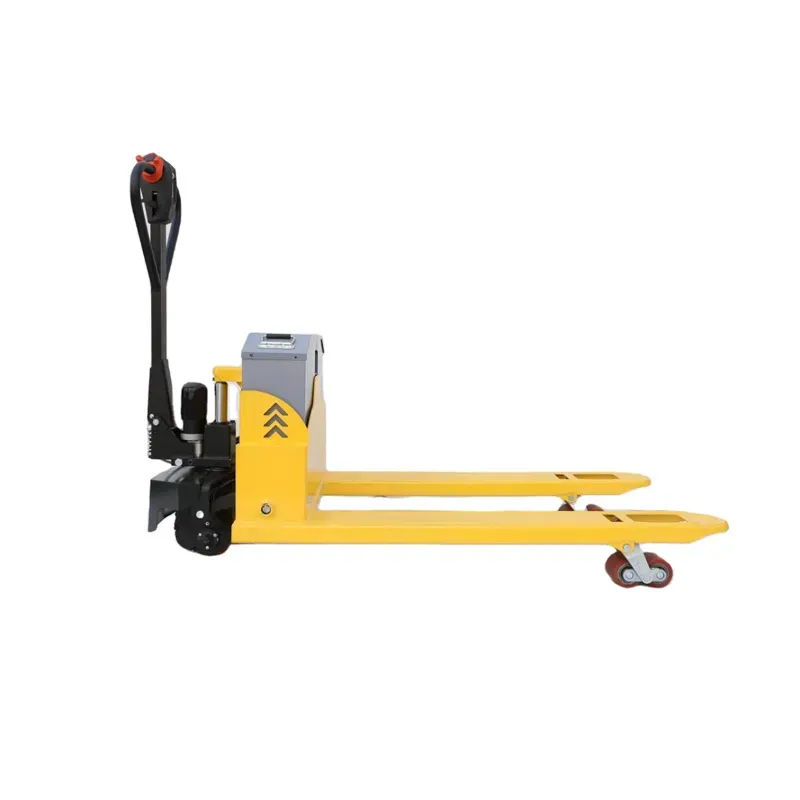


Industrial Fall Protection Equipment Ensuring Safety in the Workplace
In industrial environments, safety is paramount. Among the various hazards workers face, falls are one of the leading causes of injuries and fatalities. As such, implementing effective fall protection measures is crucial to ensure the well-being of employees. This article outlines the importance of fall protection equipment in industrial settings, the types of equipment available, and best practices for its use.
The Importance of Fall Protection
Falls can occur in numerous situations such as working from heights, ladder use, and even slip and trip incidents on the ground. The Occupational Safety and Health Administration (OSHA) reports that falls accounted for 366 of the 1,008 construction-related deaths in 2020, which highlights the critical need for robust fall protection systems. The consequences of falls can be severe, resulting in debilitating injuries, long-term health issues, and even death. Additionally, the financial impact on companies—a mix of medical costs, loss of productivity, and potential legal fees—can be staggering. Therefore, investing in fall protection equipment is not only a regulatory requirement but also a moral responsibility for any organization.
Types of Fall Protection Equipment
There are several types of fall protection equipment available, each designed for specific tasks and environments
1. Personal Protective Equipment (PPE) This includes harnesses, lanyards, and anchorage points. A safety harness distributes the weight of a fall across the body, while lanyards connect the harness to an anchorage point, preventing the worker from falling to the ground. It’s essential to choose the right size and type of PPE for the job to ensure maximum safety.
2. Guardrails and Safety Nets For activities performed at heights, guardrails can prevent workers from falling off edges, while safety nets can catch workers if they do fall. These systems are particularly effective in construction and maintenance work.
3. Ladders and Scaffolds Properly designed and maintained ladders and scaffolding systems are critical for safe access to elevated areas. They should comply with safety standards and be inspected regularly to prevent accidents.
4. Fall Arrest Systems These systems are used when working at significant heights (usually over 6 feet). A fall arrest system is designed to stop a fall before the worker hits the ground, using a combination of harnesses, lanyards, and man-rated anchors.

5. Training and Awareness While not a physical piece of equipment, training is a vital component of any fall protection strategy. Workers must be educated about the risks associated with their tasks, how to use fall protection equipment properly, and the importance of adhering to safety protocols.
Best Practices for Fall Protection
To maximize the effectiveness of fall protection equipment, companies should adopt the following best practices
- Conduct Risk Assessments Before any job, assess the work environment for potential fall hazards and determine necessary safety measures.
- Select Appropriate Equipment Choose fall protection equipment that is suitable for the specific tasks and the heights involved. Always ensure that the equipment meets relevant safety standards.
- Regular Inspections and Maintenance Ensure all fall protection equipment is regularly inspected and maintained to guarantee its reliability and effectiveness.
- Provide Comprehensive Training Regularly train employees on the proper use of fall protection equipment and update training as new equipment or procedures are introduced.
- Cultivate a Safety Culture Encourage open communication regarding safety concerns and foster an environment where workers feel comfortable reporting potential hazards.
In conclusion, fall protection equipment is indispensable in industrial settings where workers face the risk of falling. By understanding the importance of this equipment and adhering to best safety practices, organizations can significantly reduce the risks associated with falls, ultimately ensuring a safer and more productive workplace.



